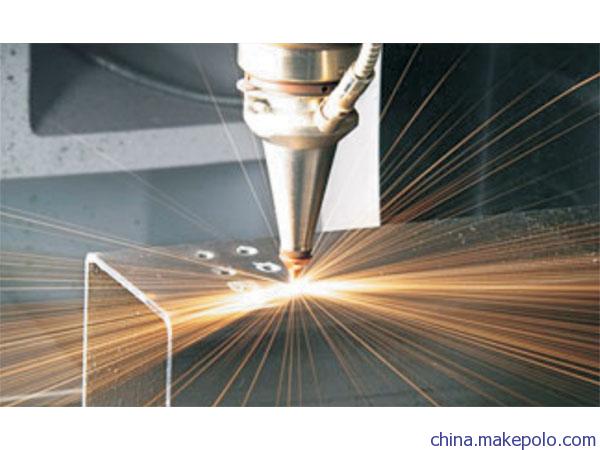A laser cutting machine is a high-precision tool that uses a focused laser beam to cut, engrave, or etch materials with extreme accuracy. It is widely used in manufacturing, engineering, arts, and many other industries due to its versatility and efficiency. Below, we will explore its construction, key features, and applications.
1. Construction of a Laser Cutting Machine
A typical laser cutting machine consists of the following main components:
Laser Source: The heart of the machine, generating the laser beam (CO₂, fiber, or diode lasers).
Control System: A computer (CNC system) that guides the laser’s movement based on digital designs.
Cutting Head: Contains lenses and nozzles to focus and direct the laser beam.
Work Bed: The surface where the material is placed for cutting (may include a moving gantry or stationary bed).
Cooling System: Prevents overheating (often using water or air cooling).
Exhaust System: Removes smoke and debris generated during cutting.
2. Key Features of Laser Cutting Machines
High Precision: Can achieve cuts with tolerances as small as 0.1 mm.
Versatility: Works with various materials (metal, wood, acrylic, fabric, etc.).
Speed & Efficiency: Faster than traditional mechanical cutting methods.
Non-Contact Process: Reduces material deformation since the laser doesn’t physically touch the workpiece.
Automation-Friendly: Easily integrated with CAD/CAM software for automated designs.
3. Applications of Laser Cutting Machines
Laser cutting machines are used in numerous industries, including:
Manufacturing: Cutting metal parts for automotive, aerospace, and machinery.
Signage & Advertising: Creating intricate logos, letters, and decorative items.
Jewelry & Art: Precision engraving and cutting delicate designs.
Electronics: Producing circuit boards and micro-components.
Medical Devices: Manufacturing surgical tools and implants with high accuracy.
Textiles & Fashion: Cutting fabrics and leather for customized patterns.
